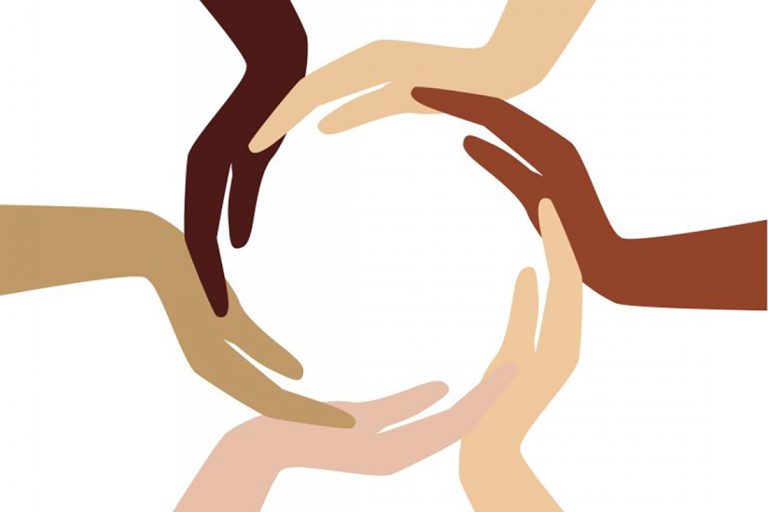By: Oreidis Pimentel Pérez
“No blacks, no Chinese, no dogs allowed.” This is how a sign looked at the entrance of La Liga barber shop, in front of the central Arms Square (nowadays, Ignacio Agramonte Park) in the city of Puerto Príncipe, at the beginning of the 20th century. That, perhaps, in the oldest barber shop for men in Camagüey, it is a living example of discrimination against minorities in the so-called republican Cuba, heir to the colonial slave-owning past.
Today in the same establishment two “fígaros” are mestizos and there are the same number of “whites”, with the obviousness of accepting all type of people, perhaps the best example of how much the world has changed with a new social system that legally proposed ending with social exclusion.
However, beyond the anecdote, how much racism is there still in Cuba? How many prejudices could not be erased by laws? How do we manage to educate in tolerance, respect and equality?
Segregation has too many points of view, complex twists and turns when establishing itself as a social phenomenon and despite being the Greater Antilles one of the nations with the most advances against the scourge in the hemisphere, even this process is only perceived with the “problem of the blacks ”and Africaness. Still the curricula, at all levels, suffer from frenzied Westernism, without mentioning the African and Asian legacies in Cuban culture.
Stereotypes in Cuban history condemn the “black” to the almost exclusive role of the slave and his religious contribution, when the conspiracy of Aponte or the massacre of the Independents of Color are not essential objectives. Most of us spend our chool years without hearing much about it.
The above is the “black” issue, but even in this segment, children and young people do not receive explanations of the large Haitian emigrations (with forced repatriation included) and Jamaicans, essential components to understand not the rural Cuba of yesteryear, but the composition of today’s Cuba in almost the same places.
Our roots…
Athletes and political leaders have French or Anglophone surnames and even in the audiovisual media it is not possible to hear the correct pronunciation; because nobody seems to care where their ancestors come from.
We do not visualize cultural diversity when the first stereotype taught in school is that Cuban is the mixture and synthesis of Indian, black and Spanish. Were all mestizos?
Giving examples
José Martí was the son of two Spaniards and his Cuban identity is not in dispute because it does not coincide with the Manichean concept. Homogenization is fatal. And what about Asian people? The Chinese descendant does not suffer the rejection of before 1959, although that word opaque to another minority such as the Japanese (the Latin-American confusion about people with slanted eyes is common) and it is not very manageable that it was a group whose male residents suffered unjust imprisonment in Isle of Pines.
On the one hand, there are good investigative texts, but in a multiethnic and multiracial country, which fights against inequalities, it is essential in the classroom that type of history that better prepares us for the social context where we live.
Still the greatest discrimination in Cuba has to do with skin color. Without magnifying its occurrence, one of the best examples is that the mestizo many times does not embrace his black origin and adopts other self-denominations to describe himself as white, a thing with which the censuses and the identity card seem to collaborate.
Quotas to maintain balance by skin color in many social activities is a criticizable procedure beyond objective idealists and representation in the political sphere (another current trend) is a “trap”, since the prejudices underlie although the percentages indicate parity.
Encouraging the election and promotion of people considered “black” because of their skin is pure anti-discrimination appearance: the processes must emerge spontaneously.
So far there is mention of small aspects on the occasion of the international day against discrimination, which is celebrated this month; since religious conflicts have not been representative here, although class differences, abolished by the socialist system, need other analyzes in the face of new economic forms.
As the Spanish group Jarabe de Palo says “in the pure there is no future, the purity is in the mixture. In the mixture of the pure, than before pure, was a mixture. “Only the visualization of diversity and the breaking of stereotypes can make us advance against discrimination from the collective psyche.
Translated by: Aileen Álvarez García






